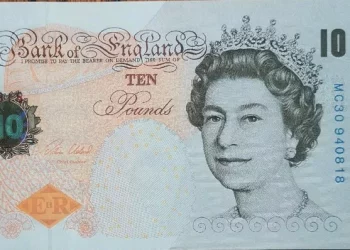The GBP/USD pair continues to experience a slight downtrend in the Asian session on Friday, extending its retreat from the 1.2670 region touched earlier. Currently trading around 1.2635-1.2630, the pair remains close to its lowest levels since mid-May, reflecting ongoing concerns about a potential rate cut by the Bank of England (BoE) in August.
Investor sentiment towards the British Pound (GBP) has been dampened by increasing expectations of monetary policy easing by the BoE. Concurrently, ahead of key U.S. inflation data, the U.S. Dollar (USD) has strengthened to a fresh two-month high. This dynamic has further weighed on the GBP/USD pair, albeit uncertainty surrounding the Federal Reserve’s (Fed) rate trajectory has capped substantial gains for the USD and limited losses for the currency pair.
Technically, the GBP/USD pair faces bearish signals with recent selling pressure pushing it below the 1.2650-1.2645 support zone, marked by the 50-day and 100-day Simple Moving Averages (SMAs). Daily chart oscillators show increasing bearish momentum, suggesting a bias towards further downside. Immediate support levels are anticipated around the weekly low near 1.2615-1.2610, followed by the critical 1.2600 psychological level, breach of which could pave the way for deeper declines.
In the event of extended bearish momentum, the pair could test significant support at the 200-day SMA around 1.2560, potentially targeting the May monthly swing low near 1.2445.
On the upside, a recovery above the 1.2670 resistance would challenge the 1.2700 level, with further gains potentially targeting the 1.2720-1.2725 supply zone. Sustained strength above these levels might indicate a reversal of recent declines, aiming towards 1.2800 and possibly retesting the June high around 1.2860, with an eye on the 1.2900 mark thereafter.
Related Topics:



























